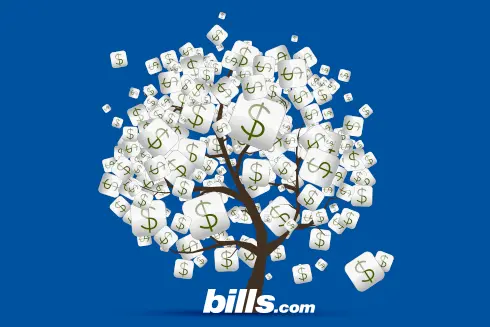West Virginia Mortgage Rates

Comparing West Virginia Mortgage Rates with National Rates
In order to help you see how Nebraska mortgage rates compare with National rates, check out the following rate table from the industry website mortgagenewsdaily.com. These rates represent national averages and are based on specific loan assumptions.
Shopping for Best Mortgage Rates in West Virginia
It is important to shop around for the best terms. Make sure that you compare rates, lender fees and learn about third party fees. When comparing mortgage offers check out the term (length), interest rate (fixed vs. variable), and if applicable the cost of mortgage insurance. Get more information about mortgage rates and mortgage fees. Also, FHA loans, which always require mortgage insurance, differ from conventional loans, which require Private Mortgage Insurance (PMI) if your loan to value ratio (LTV) is over 80%. Make sure that you use all of your costs when comparing loans.
Qualifying for a Mortgage in West Virginia
In order to qualify for the best mortgage rates in West Virginia it is important to have an excellent credit score. Also, you want to make sure that your debt to income ratio (DTI) and your downpayment or equity position , your loan to value ratio (LTV) are sufficient to qualify. Read this Bills.com article about qualifying for a mortgage.
Mortgage Resources for West Virginia
West Virginia is the thirty eighth most populous US state. According to the US census, as of 2016, there is an estimated population of over 1.8 million residents, which represents 0.6% of the US population.
According to Wikipedia "The state is a global hub for chemicals, a national hub for biotech industries and a leader in energy, while having a diverse economy in aerospace, automotive, healthcare and education, metals and steels, media and telecommunications, manufacturing, hospitality, biometrics, forestry, and tourism."
According to the Glassman-ACS report for 2015, West Virginia had the seventh highest poverty level, with 17.9% percent of people below the poverty level in 2015. The median household economy in 2015 was approximately $42,019 considerably lower than the national average of $55,775.
Based on 2015 HMDA data, West Virginia compared to National loan program distribution, had a slightly higher percentage of purchase loans (55% vs 51% national) and smaller share of refinance loans (39% vs 46% nationally). Conventional loans were a similar to national averages (69%), as were VA loans (about 10% for both).FHA loans were smaller (14% vs 20% nationally) and FSA/RHS loans were higher (7% vs 2% nationally).
Here are some outside resources that can help you understand the West Virginia mortgage environment:
- FHA loan amounts in West Virginia: (note:set the table to West Virginia). There are 55 counties in the state of West Virginia. Only 2% of the single family units meet the Highest loan limit, currently at $636,150. Most, 96%, of the counties are at the Standard loan limit, currently at $275,665.The remaining 2% are between those limits.
- FHFA Conventional Loan Amounts: Check the pdf from FHFA for all states and search for West Virginia and your county or check out the FHFA conforming limit map. Since the FHFA has higher base limits than the FHA, currently at $424,100, 98% of the counties are within this limit. The remaining 2% are between the lower limit and the higher limit of $636,150.
- West Virginia Mortgage Programs: The West VIrginia Housing Development Fund (WVHDF) was established to help provide affordable housing for residents of West Virginia. They have down payment / closing cost assistance programs in conjunction with various mortgage programs including the Homeownership and Movin Up programs. The assistance includes a 15-year mortgage currently at 2% (as of late 2017). The mortgage programs have credit, income and property requirements.
- Check out the Hud’s website for more information about homeowner programs and homeowner education programs.
Mortgage Trends and Statistics for West Virginia
Mortgage rates, loan amounts, LTV, (etc) vary based on areas. The FHFA provides a useful insight into differences in conventional loans. We are providing historical data based on State based information for 2002 - 2015.
Source of Data: FHFA Historical Table - (TERMS ON CONVENTIONAL HOME MORTGAGES) Table 15 - By State and Table 12 Fixed-Rate Mortgages
Check out some differences between West Virginia and the US:
- Mortgage Rates for Conventional Loans in West Virginia
- Mortgage Fees for Conventional Loans in West Virginia
- Loan Amount for Conventional Loans in West Virginia
Mortgage Rates for Conventional Loans in West Virginia vs USA
Mortgage Fees for Conventional Loans in West Virginia
Purchase Price for Conventional Loans in West Virginia vs USA